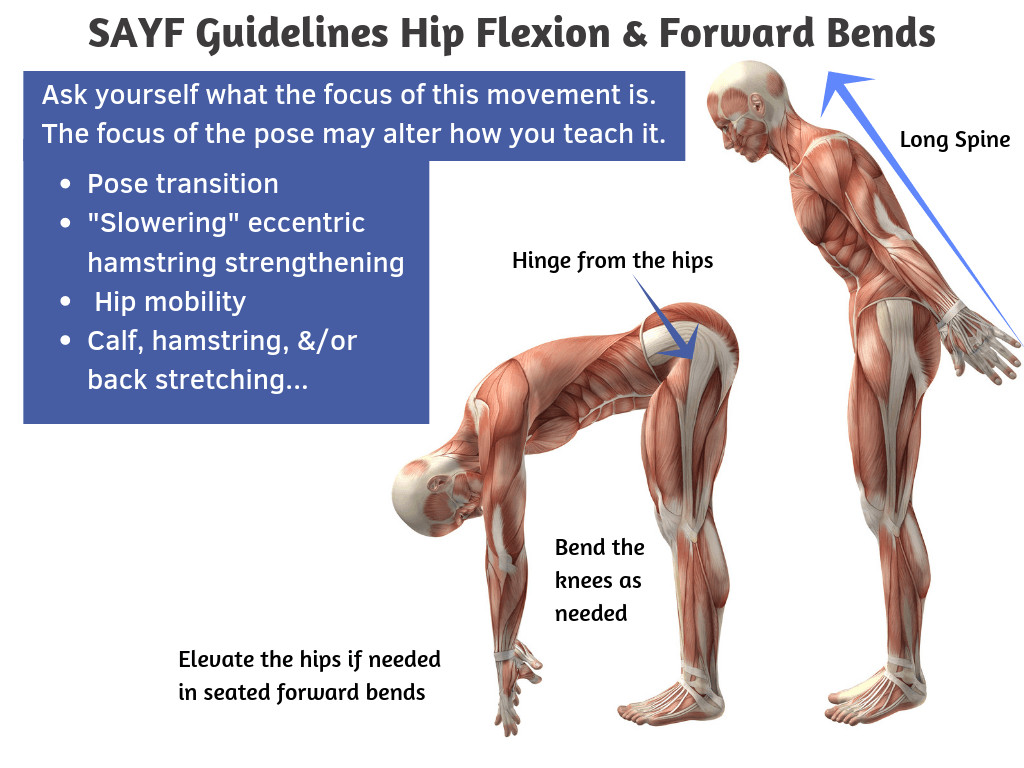Embodying a Life-Long Yoga Practice
Yoga is a wonderfully expansive practice
Beyond asana, yoga offers us an infinitely supportive practice that encompasses 8 limbs, 4 paths, 7 energy centers, and so much more. If you practice seated meditation, asana, or any physical practice of yoga, you may or may not have experienced acute or chronic injury related to your practice. While injury can occur from many different life circumstances, it can feel especially frustrating when it results from a practice that is most often referred to as "good for you” or “healing”. Luckily, there are ways to reduce the likelihood of injury in yoga, and awareness of inclusive and adaptive yoga teaching is growing. Your yoga practice can support your overall well-being.
Many of us began a yoga practice to enhance our lives. It is our sincere hope that yoga has been nothing but beneficial for your mind and body. However, for some this has not been the case. Yoga-related injury is on the rise. There are potential risks with any form of movement, even yoga asana, so it is our responsibility as teachers to be well educated and guide a practice that supports all people in experiencing the benefits while respecting the risks.
It’s important to understand the potential risks, and that yoga injury is, in fact, on the rise.
A 2016 article “Yoga-Related Injuries in the United States From 2001 to 2014” by Thomas A. Swain MPH and Gerald McGwin, MS, PhD, tracked data from the National Electronic Injury Surveillance System (NEISS) from 2001 to 2014 in order to estimate the incidence and type of yoga-associated injuries. In this research article, concern was expressed over adequate training in injury prevention for yoga teachers:
"Since there was an increase in incidence of injury among all age groups from 2001 to 2014, factors besides aging must also be present. One potential cause for the increase is lack of qualified instructors. With an increase in the number of yoga participants, there has been increased need for instructors; according to a 2015 article, there are more registered yoga instructors than ever before, even more than needed by the industry. With the increase in both the number of certified instructors and injuries it would seem that there is a potential lack of appropriate education even for certified instructors. Some in the industry agree with this assessment and state that training programs, particularly dominated by one alliance standard, do not prepare instructors well to prevent injury."
There are also risks associated with being sedentary, including prolonged periods of sitting.
According to my master teacher, Swami Omkarananda, hatha yoga (physical yoga) was created to support seated meditation. Sitting for long periods of time can be hard on the body. In recent years, Dr. James Levine, a professor at the Mayo Clinic, coined the phrase “Sitting is the new smoking”. Studies have found decreased hip mobility is one of the main reasons that older people tend to fall. According to the CDC, “Falls are the leading cause of injury-related death among adults age 65 and older, and the age-adjusted fall death rate is increasing.” We now know that sitting for long periods of time may weaken legs and gluteals, shorten hip flexors, and cause poor posture and spine health.
Movement is essential to overall health
A mat practice that offers accessible options for whole body balancing can support and counteract the effects of sitting. All movement is good unless it is too much, too soon, or too often. Understanding basic human movement mechanic principles like how tissues get injured, and how to vary load and range of motion by providing options, are essential to supporting our overall health and reducing the likelihood of yoga injury.
So, how can we better support ourselves and our students?
There are so many opinions and contradictions on how to approach yoga asana that it can be confusing for even the most educated or well-intentioned teacher or practitioner. Research is limited, tradition is diverse, and experience varies.
Five simple ways we can reduce the likelihood of yoga injury are:
- Patanjali’s Yoga Sutra 2:46 Sthira Sukham Asanam. Practicing yoga asana in a way that is stable, steady and with comfort and ease.
- Progression. With all yoga postures and sequences, start with less range of motion (ROM). For example, shorter stances in some of the wide standing postures like Warriors. You can, also, use props like blocks, a chair, a wall, a bolster, to support you in postures, so that you can find the right ROM for where your body is feeling empowered without strain or pain.
- Vary the load. If you want to avoid doing too much, too soon, support where your body is in the moment by experimenting with external vs. internal load/support. For example, if you are in a low lunge with your hands on blocks or the floor, your hands are providing external support for the posture. If you come to just barely supporting on your fingertips, that is less external support and requires more internal support. If you were to lift your hands away from any support, that would require even more internal support. Ask yourself: “How much support do I need, in this moment, to feel steady and comfortable? How can I create that support?”
- Awareness. Advanced yoga is not advanced asana, advanced yoga is advanced awareness. Cultivating kinesthetic awareness and neuromuscular coordination takes time and practice. Awareness will help you to better know what you are needing. Ask yourself, “What are you wanting to emphasize, in this moment and in this posture, more ease or more effort?” If strength (effort) is what you want to emphasize, you can choose options that may have greater ROM and/or require more internal support. If calming your nervous system while focusing on flexibility is your aim, you may want to focus on relaxation that results from just the right amount of supported ROM for your body.
- Patience & Process. Yoga is a process-oriented practice, not a goal-oriented approach. Resist the temptation to make advanced asana the goal. Instead, focus on the process. What are you learning about yourself along the way? How is your body slowly progressing to become more strong and flexible, in a balanced way? How is your physical practice supporting your growth in the other 7 limbs of the 8 limbs of yoga, especially the yamas and niyamas?
The study referenced above concluded that there is a need for greater education about safety and injury prevention in yoga training programs. Additionally, it was found that incidence of yoga related emergency room visits are on the rise. The study found that these injuries were not typically life-threatening (mostly sprains and strains):
"Yoga is a safe form of exercise with positive impacts on various aspects of a person’s health; however, those wishing to practice yoga should be cautious and recognize personal limitations, particularly individuals 65 years and older. National standards for yoga instructor certification should be created and should more aggressively teach information about safety and injury prevention."
Many students never report an injury
It is also important to note that this study was limited to those who sought care at emergency rooms. Emergency rooms treat acute injuries. Chronic/repetitive use injuries may not be treated at an ER. When looking at these numbers, it is important to remember that many students, especially beginners, never report an injury or even see a medical professional - they simply think “yoga is not for me” or “not for my body” and don’t return to the practice. This makes it more important than ever for instructors to be well informed, and mindful of sustainable human movement.
The SAYF Certification is a timely response to a recent increase in yoga related injury
SAYF was created to help yoga teachers understand generally agreed upon basic principles compiled from decades of yoga teaching experience and practice, yoga community expertise, traditional teachings, and study of related research.
We see yoga as a life practice, not just a mat practice.
SAYF is a sacred and welcoming community born from the yoga experience. At the heart of our work is the intention to educate, support, and connect with yoga students, teachers, and studios to share the transformative benefits of yoga.
Written by Stephanie Adams Ruff, ERYT 500, YACEP
Studio Owner/RYS Director, Flow Yoga, Hood River, OR
www.flowhoodriver.com
Co-Founder, SAYF - Sustainable Asana Yoga Foundation,
www.sayfyoga.com









